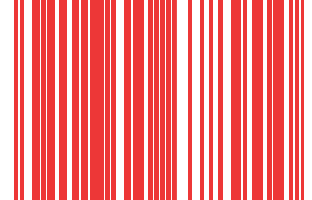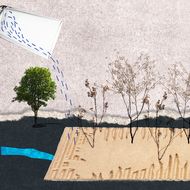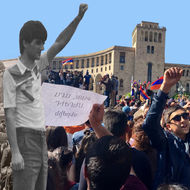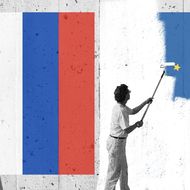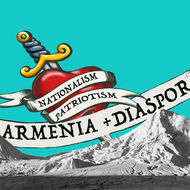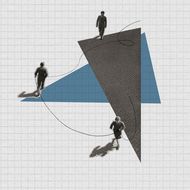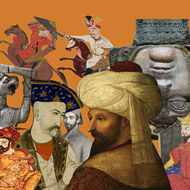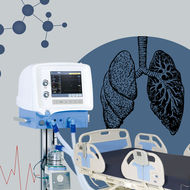Search articles
Search results for
Irrigating Efficiently
By Arshaluys Barseghyan
Armenia’s farmers need irrigation water to feed the country, but a number of bottlenecks get in the way. Because of the poor condition of the water supply system, 40-50% of irrigation water is lost before reaching its endpoint.
Is 2018 the New 1988?
By Mikayel Zolyan
In this new piece, Mikayel Zolyan writes about the similarities and differences between the 1988 Karabakh Movement and the 2018 Velvet Revolution - what it meant for people then and now and lessons to be learned.
Is Armenia Expendable to the EU?
By Kristine Gasparyan
The EU’s weak stance and incapacity to act during a time of great need for the Armenian people still reverberates. Today, Armenians are asking themselves if they can afford to trust the EU again.
Is Iran a Strong State?
While the short-term crisis between Iran and the United States is over, the situation is far from stable, or certain, specifically due to the volatile domestic situation in Iran.
Is Pashinyan Still a Democrat?
By Garen Nazarian
Instead of playing semantics, PM Nikol Pashinyan should have taken responsibility for the war's disastrous outcome and resigned. A golden opportunity to push the democratic movement forward was squandered.
Is the Diaspora Patriotic Enough?
By Nerses Kopalyan
If we are to develop and build a functional relationship between the Homeland and the Armenian Diaspora, we need to understand the discrepancy between the Diaspora’s devotion to Armenianness and the Republic of Armenia’s vision for the Armenian world.
Is the Empire Eternal?
By Daniel Tahmazyan
Daniel Tahmazyan explores different perceptions of Time as it relates to the State, and the role they play in long-term vs. short-term planning.
Is the EU Showing Initiative in Resolving the Armenian-Azerbaijani Conflict?
By Anna Barseghyan
Since the end of the 2020 Artsakh War, Russia has enjoyed an effective monopoly over the negotiation process. Recent initiatives by the EU suggest that Europe may be taking a more proactive role in the South Caucasus.
Is the Study of the Middle Ages Possible in Turkey Today?
By Paul Mirabile
The essay attempts to offer several historical and pedagogical responses to the genocide of the Armenian people by suggesting a program on the study of the Middle Ages of Turkey, one that would entail the study of the three mediaeval epic tales that were forged during the Middle Ages on Anatolian soil.
Is There Life After Coronavirus? Stories of Survival
By Gohar Abrahamyan
As COVID-19 continues to spread throughout Armenia, it is leaving behind physical and emotional scars. In this moving piece, Gohar Abrahamyan speaks with those who contracted the virus and survived.
